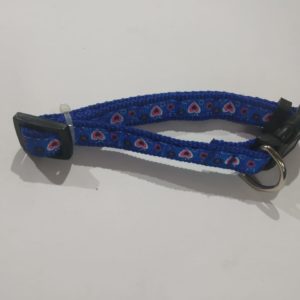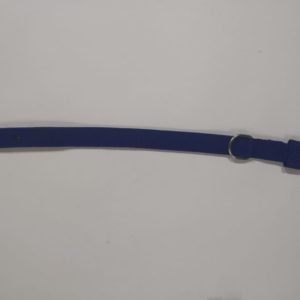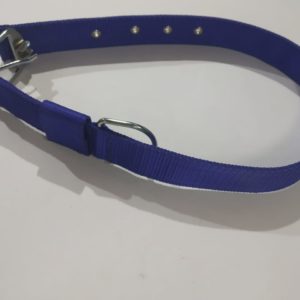
Pet Surgical Services
Pet Surgery
It can be frightening to find out that your pet needs surgery—for both you and your pet. At Greenfield Veterinary Clinic we understand your concerns; however, our veterinary surgeons are professionals at what they do. Whether performing a routine spay/neuter surgery or a life-saving emergency procedure our doctors take every precaution to keep your pet safe and ensure a positive outcome. No other veterinarian serving Greenfield Franklin and Milwaukee cares more about your pet’s safety than we do.
Surgical Procedures
There are many types of procedures performed at Greenfield Veterinary, and many different surgical techniques are used. Several factors go into deciding which surgical approach is the best for your pet. The animal’s age, overall physical condition and specific health problem will determine our doctor’s surgical approach.
Some of the most common procedures we perform are:
Gastroplexy – When a dog’s stomach expands because of excessive fluids, gas or internal organs it is called “bloat.” Gastroplexy is a surgical procedure that attaches the stomach to the abdominal wall to relieve bloat.
Tumor removal – Not all tumors need to be removed, but they should be examined by a veterinarian immediately after they are noticed. Tumors can indicate a serious health problem such as cancer, and even benign growths can make your pet uncomfortable. Tumor removal may be needed to save a pet’s life or relieve the pain caused by a mass.
Lacerations – Deep cuts or tears in the flesh are called lacerations. Lacerations can be the result of an animal attack or traumatic accident. In some cases, cuts are severe enough to require surgical repair.
Traditional surgery relies on anesthesia and surgical instruments that cut directly into the animal’s body. Traditional surgery does cause the most stress on a pet and requires the longest recovery time. However, sometimes tradition surgery is the safest and most effective choice.
Laser surgery is considered a minimally invasive approach when compared to traditional methods. Recovery times are faster and present less discomfort for most animals. Laser surgery is advanced technology that uses concentrated beams of light instead of metal cutting instruments. Some of the conditions laser surgery is particularly effective for include:
- Amputation
- Cherry eye
- Declawing
- Dental Surgery
- Spaying-Neutering
- Soft-tissue removal
- Tumors
- Urethral prolapse
- Wounds
Post-surgical care is a common concern among pet guardians. Administering medications and caring for the incision are crucial parts of the recovery process. We provide detailed instructions for each pet’s post-surgical care, and our doctors and staff are always available to answer any questions that arise. Generally speaking, you can aid your pet’s convalescence by preparing a quiet, safe place for your pet to rest at home. A kennel or crate is ideal. It will be best to limit activity until the incision is healed. If your pet shows little or no interest in eating, a diet of white rice and chicken may be helpful. Don’t hesitate to call our office if questions arise.




